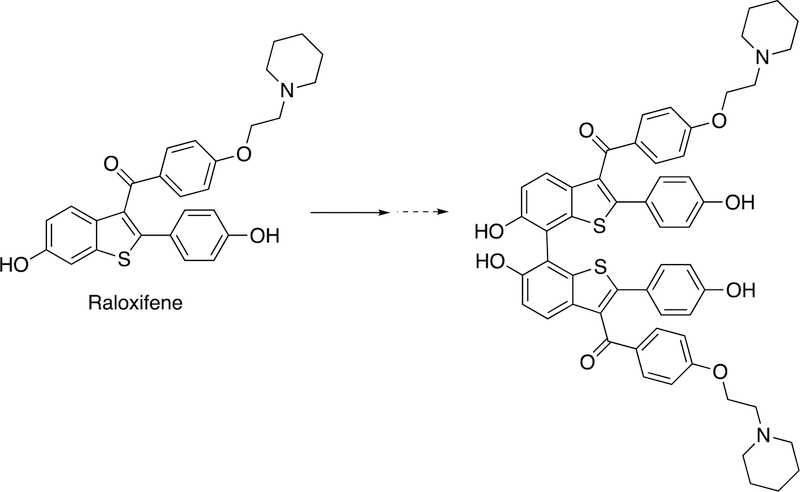
A revolutionary synthetic approach has been created to catalytically achieve all carbene polarities through a singular mechanism, greatly streamlining the production of cyclopropanes — rigid three-membered carbon structures frequently encountered in pharmaceuticals. Historically, the creation of these configurations requires the reaction of alkenes with carbenes, which are entities featuring a divalent carbon atom. The traditional methodology generally depends on diazo reagents, which are highly volatile, rendering them inappropriate for large-scale production. Additionally, existing techniques face challenges in effectively introducing substituents like nitrogen or oxygen into cyclopropanes.
David Nagib and his group at Ohio State University have formulated an innovative unified technique, utilizing stable gem-dichlorides in place of diazo compounds. These molecules possess two chlorine atoms attached to the same carbon atom, which can be converted into various iron carbenes directly within the reaction mixture. The process initiates with the introduction of zinc to the gem-chloride, producing an α-chlorine radical. An iron-porphyrin catalyst subsequently alters this radical into an iron carbene, enabling participation in cyclopropanation reactions with an array of alkenes.
This advancement facilitates the creation of adaptable metal carbenes without limitations on the substituent’s polarity, thus broadening opportunities for the incorporation of electron-donating groups like amines or alkoxy groups into cyclopropane rings more effectively. This progress is significant as earlier methods necessitated numerous steps to reach comparable results.
With more than 5000 commercially accessible gem-dichlorides with various side groups, this method presents enormous potential for generating different cyclopropane derivatives. Marc Montesinos-Magraner from the University of Valencia commends the method’s straightforwardness and availability, forecasting widespread usage in constructing complex cyclopropanes.
Furthermore, the radical intermediate stage boosts the reaction’s resilience to water and air, removing the need for intricate equipment and rendering it practical for educational applications in undergraduate institutions. The mild and water-friendly conditions also support click-like reactions with biologically pertinent molecules, paving the path for applications in biocatalysis. Nagib underscores the objective of enhancing synthetic tools to facilitate these transformations with greater ease.
The team’s continuous efforts are directed towards refining the process for use in entirely aqueous conditions, emphasizing a dedication to broadening the applicability of this groundbreaking technique in chemical biology.